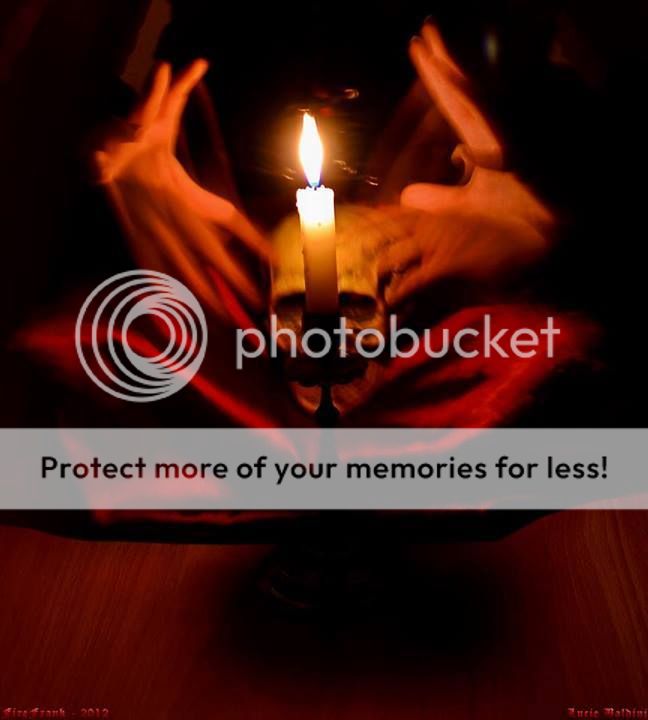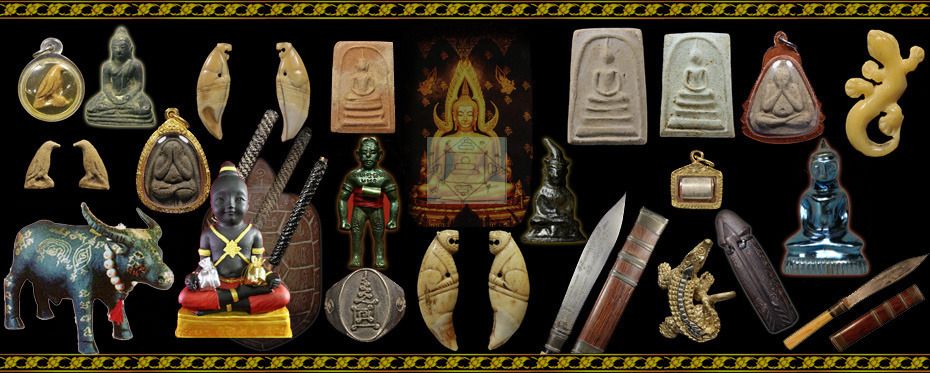Product Description
Phra Kring Thai Amulet Statue in temple box .
Wat Bowon Niwet RatchawarawihanModel Mahamongkol 100 years
blessed by patriarch .
Name : Phra Kring
Temple : Wat Bowonniwet Vihara
Size : 2*4 cm
Material : Holy Bronze SKU #8
THIS AMULET HAS BEEN CONSECRATED AND BLESSED FOR THE HIGH QUALITY OF BUDDHA, VIRTUOUSNESS AND FULL MAGIC POWER .
Phra Kring - Background Information
The Phra Kring is a small and quite unique Buddha image that when shaken produces a ringing sound. It is an image that is highly relevant to Buddhist tradition, artistry and legend.
Unfortunately there is not a great deal of genuine content available on the web and as such you will often find some quite colourful descriptions. We hope that this factual overview will enlighten you.
Previously the amulet was known as or called “Click” and it is assumed that this name originated from the sound that the amulet made when shaken, because of the round seed that it contained in the base.
Later it was popularly called “Kring”, although it is not certain when this new term was first used.
The Phra Kring amulet can be made from a number of different materials including metal, powder with pollen, baked clay with powder, tuberous plant with powder, powder with palm leaves and minerals.
There have been many different beliefs about the Phra Kring amulet and why it was created. Historically it is believed that it was created for the purpose of making merit.
The Thai name "Phra Kring" literally means "ringing Buddha". The word "Kring", is pronounced similarly to the English "ring", and both are approximations of the sound of a ringing bell.
With regards to the meaning of the word “Kring”, The Patriarch Pae (Wat Suthat) had often stated that “Kring” came from “Kue Kusalo” meaning ‘Nirvana'. He had also said that the round seed contained within the image meant non-self and that everything in the world was non-self just as the round seed of the Kring.
This idea was similar to the ideas of Ajarn Sathien Pothinantha who talked about the “Kring in the amulet” offering two conclusions;
Firstly that the Kring is a symbol of the Buddha's condition whose qualification is Anathi, non-self does not appear at the beginning nor at the end, so it turns to be a round seed.
Secondly, the common belief that hearing the ring from the Phra Kring amulet can bring good luck and fortune, possibly the very reason for its unique design.
The degree of good luck would depend on the number of times that the Kring was shaken.
Essentially the Phra Kring amulet and the round seed contained inside differentiated it from other amulets in that they were specifically designed to bring about mindfulness to creators and possessors, to make them think of the gratitude of the Buddha, the Buddha's kindness including the ultimate truth that is the highest level of Buddhism.
Another objective is to make them think of a number of important characteristics of the Buddha, impermanence, suffering, and non-self. The round seed inside the amulet emphasizes “non-self” as mentioned above.
The ceremony involved during the consecration of these amulets including the insertion of the round seed in the Phra Kring amulet itself is unique and it is thought by some current day guru masters that unless this method is followed precisely then the efficacy of the amulet will not be as great.
Initially the main body of the amulet being created is opened for the purpose of recitation and consecration. The senior masters enter a meditative state by gazing at 40 sacred objects required for the rite. Concentration along with the silent atmosphere enables the pure minds to create a unified mental image or fourth natural element (ekaggata / one-pointed ness of mind). This mental state or image is seen as different colours such as white, off-white, green, yellow, red, black, purple and blue and is known as ‘Wasee' The senior master present wished for good fortune or other miracles to occur.
Sadly the traditional methods have declined substantially due to lack of knowledge. As a result the original rite has often been modified. Later generations modified the rites which included the substitution of the seed with other sacred items including metals, solid mercury, or takroots (an amulet of rolled brass) in fact anything that could produce a ring. The original production was clearly a very complicated process and hard to reproduce without the requisite skills.
Even though the modern day production process of Phra Kring cannot compare with the process in the past, the meaning of Phra Kring has never changed. Non-self, the word “Kue Kusalo” or Anencha (Nipputi) mean “completely extincted” or Nirvana.
According to academic studies and evidence it is generally believed that the Phra Kring amulet originated in China. This is known from old Mahayan manuscripts and the literary work of Krom Phrayadamrongrajanuphap.
The Chinese Phra kring essentially featured the Buddha in the Marawichai posture. His left hand held Indra's weapon (wachirawut), some held a sacred water pot or terminalia fruit, sat on a face-down/face-up lotus, fairly close to each other and without the typical divider (bua lang bia)
According to the history of the Sanskrit Sutra translated in Chinese around the 10 th century of the Buddhist era The Phra Kring amulet was originally named ‘Phaisachayakuru' a Buddha image popular with the Mahayan sect and closely associated with remedial water and medicines. It was highly revered for its ability to protect and prevent illness.
An example of the original use can be seen in the sacred water bowls of the Marble Temple in Thailand, (Wat Bowornniveswiharn) although that example is a later Khmer Kring known as Phra Kring Pathum or Kring Yai. It is known that these originated from Khmer as a number of similar amulets were discovered at an historical site, buried in the ground, just outside of Phnom Phen, both yellow and black variants.
There have been many different types of Phra Kring including Chinese, Tibetan, Laotian, Khmer and Thai. It is, as you can imagine, fairly difficult to determine exactly when the first Phra Kring were made in Thailand but a number of Scholars have suggested different dates but the Sukhothai period is the most probable..
The Ayutthaya era was the most famous period in Thai history because it is known at that time Phra Panarat of Pa Kaew Temple created Phra Kring amulets for Somdej Narasuan, the Great to wear on his hat in battle against the Burmese and the Crown Prince of Myanmar (Phra Maha Uparat). After the hat was named ‘Mala Bieng' and is kept in the National Museum along with the Bronze Krings.
During the reign of king Rama 3 rd Somdej Phranangklaochaoyuhua also depended on the scriptures of Somdej Phra Panarat to create and mould a Phra Kring amulet in the Royal palace and was consequently named, Phra Kring Wang Na
Later King Rama 4 th twice had Phra Kring amulets created, including the Temple of the Emerald Buddha, the amulet being known as Phra Kring Suan Tao.
Today in Thailand the most famous Phra Kring amulets are known to come from Wat Suthat and are called Phra Kring Pawares or Phra Kring of the Patriarch Pae.
Again the Buddha in Marawichai posture with left hand on Indra's weapon sat on a face-down/face-up, seven petal lotus. Usually the back of the amulet is smooth without lotus petals.
These were first created by Patriarch Pae in 1898 until the final Phra Kring amulet created in 1941 a special batch featuring a three layer parasol carved on the back.
These amulets are now exceptionally rare and highly prized by collectors. The design of the amulets from this temple were heavily influenced by the Khmer Kring.
Thai Amulet Effects: ( personal beleived )
Good luck, protection from evil and physical altercations.
There are Thai amulets for protection of body, family members, health.
There are amulets to protect against natural disasters.
There are Thai amulets that bring money in.
There are amulets that give businesses great luck and fortune.
There are amulets for different purposes, such as those to offer protection,
attraction of riches, good health or for things like help with confidence or making speeches etc.

and also for your valuable collectible thing .

We are expert collector and trader buddha amulets , antiques , Talismans items from Thailand & Southeast Asia.
We open amulet store in Thailand too.
All of our Amulets are 100 % Satisfaction guarantee and either straight from the temple or from very reliable sources including dealers and collectors
around Thailand with whom we are afilliated.
You can trust that the items are Rare, Sacred, Genuine and beautiful Items.
|

